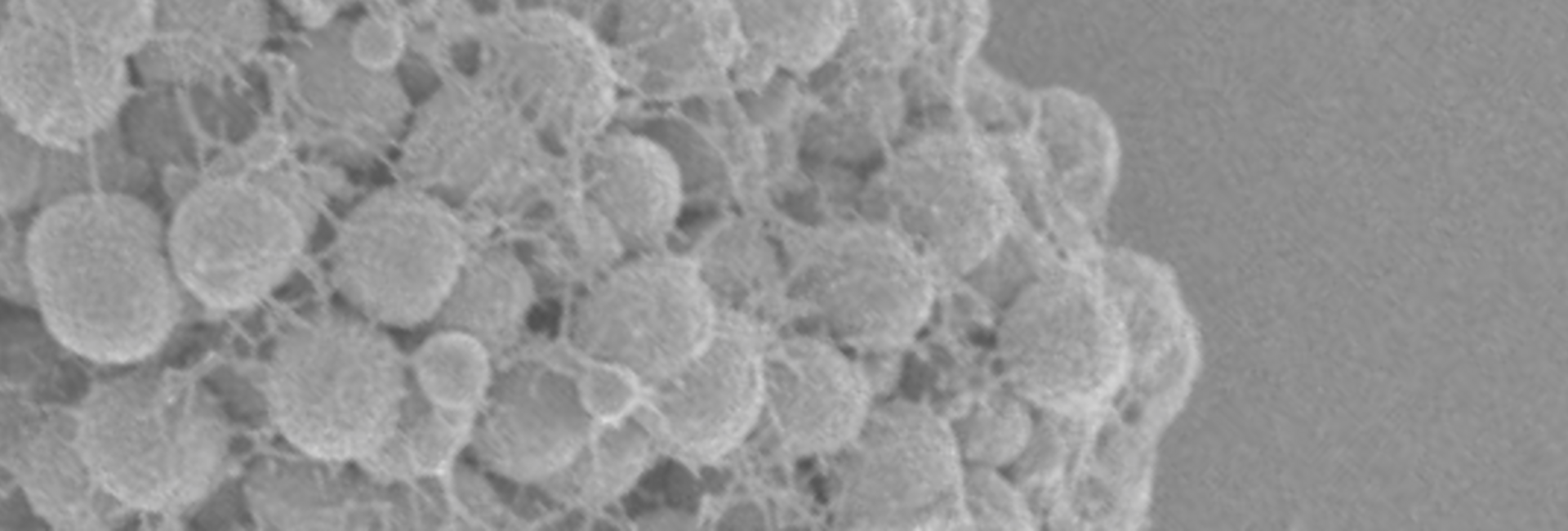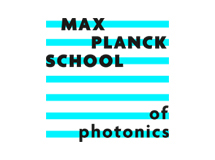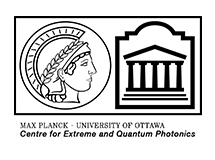Publikationen
2024
2023
Amphiphiles Formed from Synthetic DNA-Nanomotifs Mimic the Stepwise Dispersal of Transcriptional Clusters in the Cell Nucleus
Nano Letters 23 7815-7824 (2023) | Journal
2022
On continuum modeling of cell aggregation phenomena
Journal of the Mechanics and Physics of Solids 167 105004 (2022) | Journal
2021
2020
2019
How bacterial cells and colonies move on solid substrates
Physical Review E 99(4) 042419 (2019) | Journal
2018
Genetic noise mechanism for power-law switching in bacterial flagellar motors
Journal of Physics A - Mathematical and Theoretical 51(26) 265601 (2018) | Journal
Genetic noise mechanism for power-law switching in bacterial flagellar motors
JOURNAL OF PHYSICS A-MATHEMATICAL AND THEORETICAL 51(26) 265601 (2018) | Journal
Chemotactic drift speed for bacterial motility pattern with two alternating turning events
PLoS One 13(1) e0190434 (2018) | Journal
vor 2018
Elasticity-based polymer sorting in active fluids: a Brownian dynamics study
Physical Chemistry Chemical Physics 19(28) 18338-18347 (2017) | Journal
A tunable refractive index matching medium for live imaging cells, tissues and model organisms
eLife 6 e27240 (2017) | Journal
Competition between histone and transcription factor binding regulates the onset of transcription in zebrafish embryos
eLife 6 e23326 (2017) | Journal
Limit theorems for Levy walks in d dimensions: rare and bulk fluctuations
Journal of Physics A-Mathematical and Theoretical 50(15) 154002 (2017) | Journal
Superdiffusive Dispersals Impart the Geometry of Underlying Random Walks
Physical Review Letters 117(27) 270601 (2016) | Journal
Nucleosomal arrangement affects single-molecule transcription dynamics
Proceedings of the National Academy of Sciences of the United States of America 113(45) 12733-12738 (2016) | Journal
Reaction front propagation of actin polymerization in a comb-reaction system
Chaos Solitons & Fractals 92 115-122 (2016) | Journal
A pH-driven transition of the cytoplasm from a fluid- to a solid-like state promotes entry into dormancy
eLife 5 e09347 (2016) | Journal
Pulled Polymer Loops as a Model for the Alignment of Meiotic Chromosomes
Physical Review Letters 115(20) 208102 (2015) | Journal
Random walk patterns of a soil bacterium in open and confined environments
EPL 109(2) 28007 (2015) | Journal
Uncovering the Mechanism of Trapping and Cell Orientation during Neisseria gonorrhoeae Twitching Motility
Biophysical Journal 107(7) 1523-1531 (2014) | Journal
How the Motility Pattern of Bacteria Affects Their Dispersal and Chemotaxis (vol 8, e81936, 2013)
PLoS ONE 9(3) e92348 (2014) | Journal
How the Motility Pattern of Bacteria Affects Their Dispersal and Chemotaxis
PLoS One 8(12) e81936 (2013) | Journal
A Bacterial Swimmer with Two Alternating Speeds of Propagation
Biophysical Journal 105(8) 1915-1924 (2013) | Journal
Space-Time Velocity Correlation Function for Random Walks
Physical Review Letters 110(17) 170604 (2013) | Journal
Liquid transport facilitated by channels in Bacillus subtilis biofilms
Proceedings of the National Academy of Sciences of the United States of America 110(3) 848-852 (2013) | Journal
Langevin description of superdiffusive Levy processes
Physical Review E 86(4) 041134 (2012) | Journal
Collective dynamics of model microorganisms with chemotactic signaling
Physical Review E 85(5) 051901 (2012) | Journal
Langevin Dynamics Deciphers the Motility Pattern of Swimming Parasites
Physical Review Letters 106(20) 208103 (2011) | Journal
Perturbation Spreading in Many-Particle Systems: A Random Walk Approach
Physical Review Letters 106(18) 180601 (2011) | Journal
On moments and scaling regimes in anomalous random walks
Journal of Statistical Mechanics-Theory and Experiment P12020 (2009) | Journal
Stochastic transport through complex comb structures
Journal of Experimental and Theoretical Physics - JETP 106(5) 999-1005 (2008) | Journal
Free cooling of the one-dimensional wet granular gas
Physical Review Letters 97(1) 018001 (2006) | Journal
Random walk model with waiting times depending on the preceding jump length
Journal of Statistical Physics 123(4) 871-881 (2006) | Journal
Theory of heat transport in a magnetized high-temperature plasma
Plasma Physics Reports 31(12) 1071-1077 (2005) | Journal
Kolmogorov-Sinai entropy of the dilute wet granular gas
Physical Review Letters 95(19) 198001 (2005) | Journal
'Hermite' states in the quantum interaction of vortices
Physics-Uspekhi 48(8) 841-846 (2005) | Journal
Nonlinear dynamics of electron vortex lattices
Plasma Physics Reports 30(3) 214-217 (2004) | Journal
Comment on "Towards deterministic equations for Levy walks: The fractional material derivative"
Physical Review E 68(3) 033101 (2003) | Journal
Enhanced superdiffusion and finite velocity of Levy flights
Journal of Experimental and Theoretical Physics 94(2) 252-259 (2002) | Journal
Theory of nondiffusive penetration of a magnetic field into a conducting medium
Plasma Physics Reports 26(5) 462-464 (2000) | Journal
Kontakt
Cauerstr. 11
Raum 02.387
91058 Erlangen
Telefon: +49 9131 85-67123
E-Mail: vasily.zaburdaev@fau.de
Silke Besold
Sekretariat
Friedrich-Alexander Universität Erlangen-Nürnberg
Department Biologie
Lehrstuhl für Mathematik in den Lebenswissenschaften
Cauerstr. 11
Raum 02.386
91058 Erlangen
Telefon: +49 9131 85-67121
E-Mail: silke.besold@fau.de






